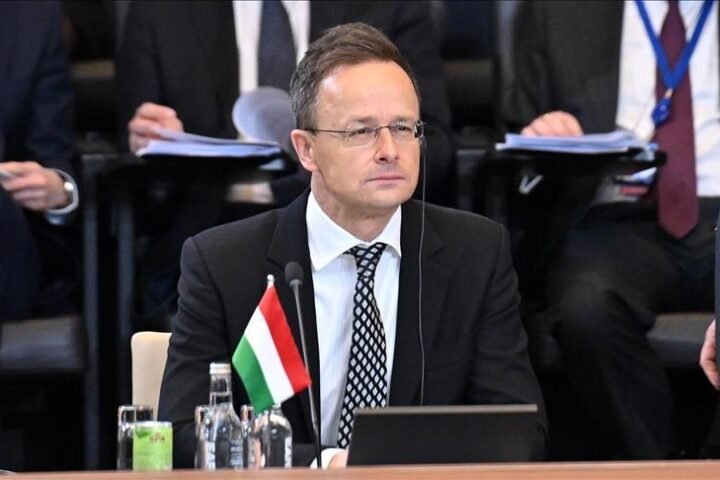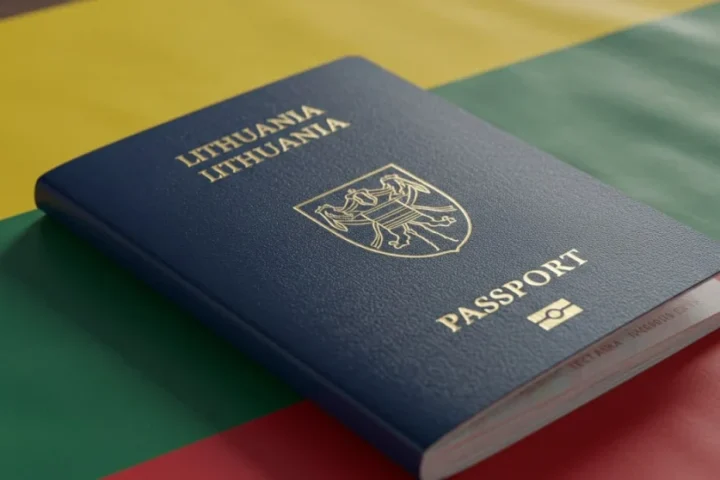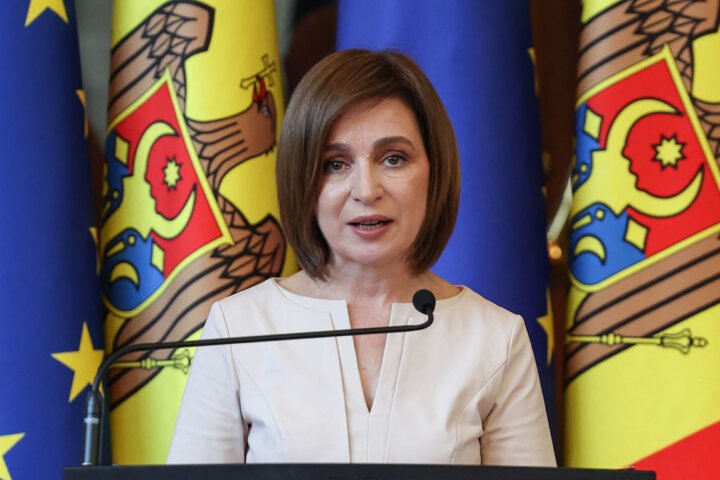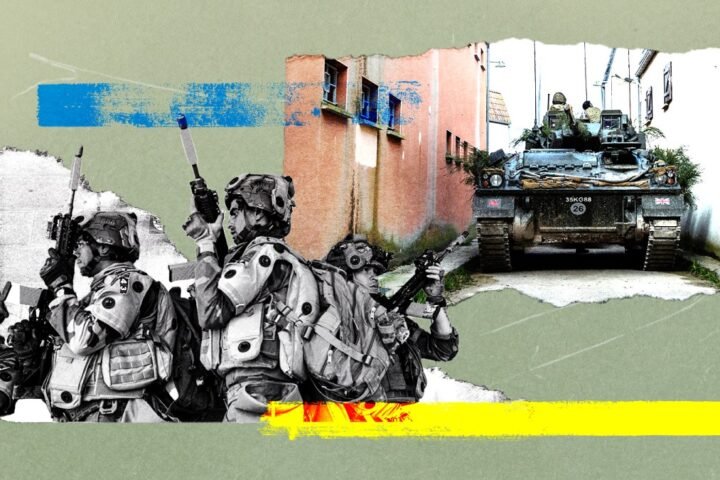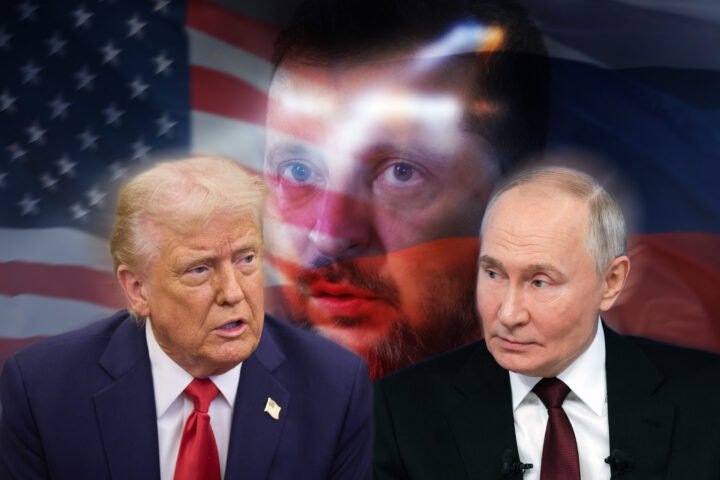On August 18, 2025, high-level talks at the White House brought together U.S. President Donald Trump, Ukrainian President Volodymyr Zelensky, and leading European leaders in a major step toward addressing the ongoing war between Russia and Ukraine. The summit highlighted Washington’s pivotal role in steering the negotiation process and marked the first real prospect of direct talks between Kyiv and Moscow.
Path to potential Ukraine-Russia talks
Trump and his administration took center stage in coordinating the trilateral summit, underscoring U.S. commitment to managing the diplomatic track. The meeting opened the possibility of direct negotiations between Zelensky and Vladimir Putin before the end of August, with Trump acting as mediator. Such a move could pave the way for a ceasefire and a freeze of the current front lines, initiating the first concrete steps toward de-escalation in a war that has lasted nearly four years.
Europe pushes for ceasefire and security guarantees
European leaders presented a united front, insisting that a ceasefire must be the prerequisite for peace talks. Their consolidated position added pressure on Moscow and reinforced efforts to reduce civilian casualties and destruction in Ukraine. Discussions also focused on strengthening security guarantees for Kyiv and coordinating transatlantic support. Key elements included a potential $90–100 billion package for Ukraine to purchase U.S. weapons and $50 billion worth of agreements with Ukrainian companies to produce drones—measures expected to boost not only Ukraine’s defense but also the U.S. and European economies.
Unified stance on frozen Russian assets
In a further display of transatlantic solidarity, European leaders backed the idea of providing joint security guarantees for Ukraine under U.S. coordination. This plan involves the potential use of $300 billion in frozen Russian assets for Ukrainian compensation. French President Emmanuel Macron, Italian Prime Minister Giorgia Meloni, and UK Prime Minister Keir Starmer explicitly rejected proposals from Moscow to freeze the front lines in exchange for territorial concessions. Instead, they stressed that any ceasefire must not undermine Ukraine’s territorial integrity, reinforcing Europe’s alignment with Kyiv’s stance.
Consolidation of Western alliance
The summit sent a clear message: Western support for Ukraine remains firm. Despite internal political differences, Europe’s leading states stood together, emphasizing their commitment to Kyiv and to maintaining pressure on Moscow. The White House talks illustrated how the transatlantic alliance is consolidating around the goal of ending the war on just terms that reflect Ukraine’s interests. This unity underlines the determination of Western leaders to push for a sustainable peace while safeguarding European and global security.

